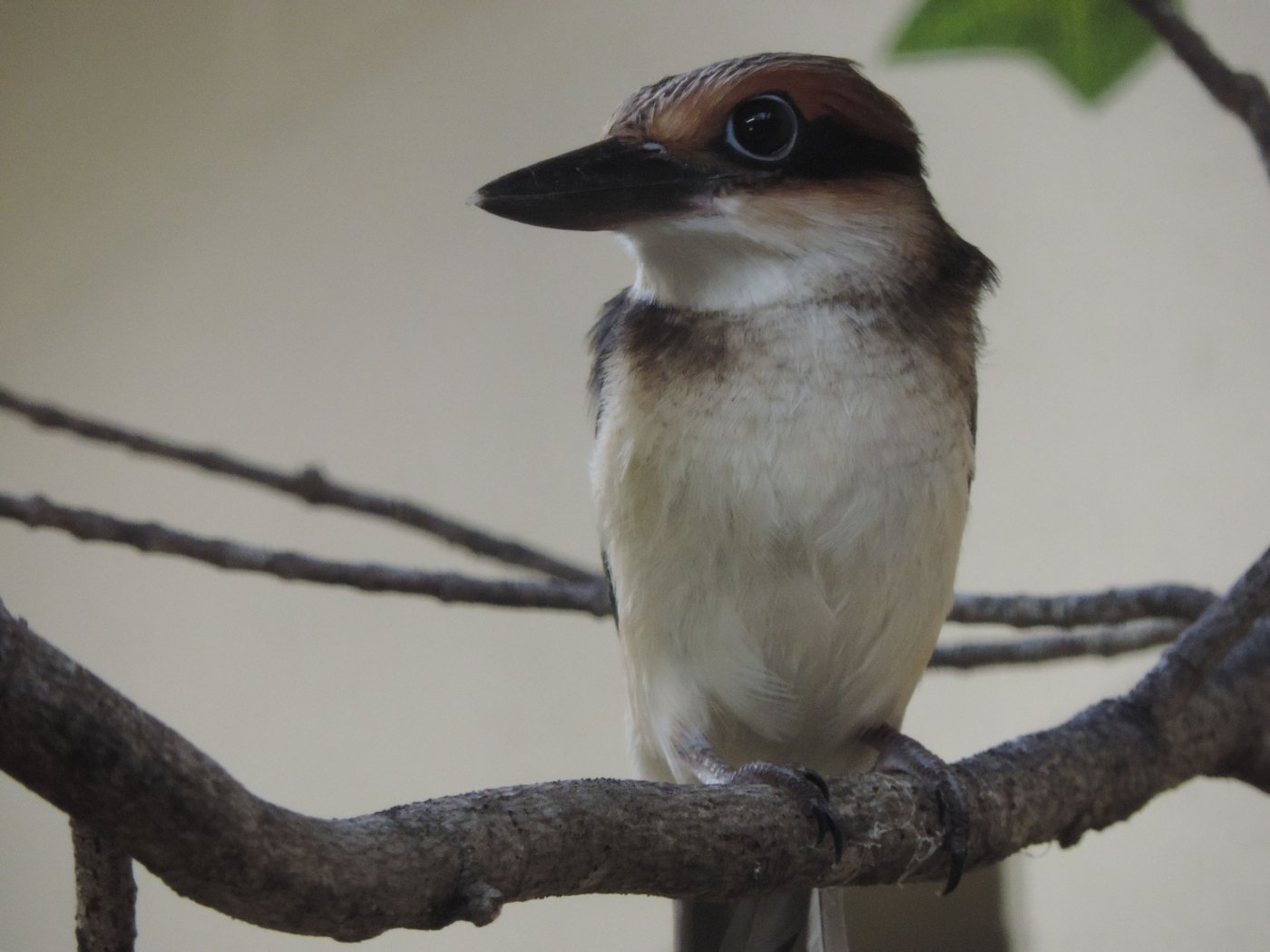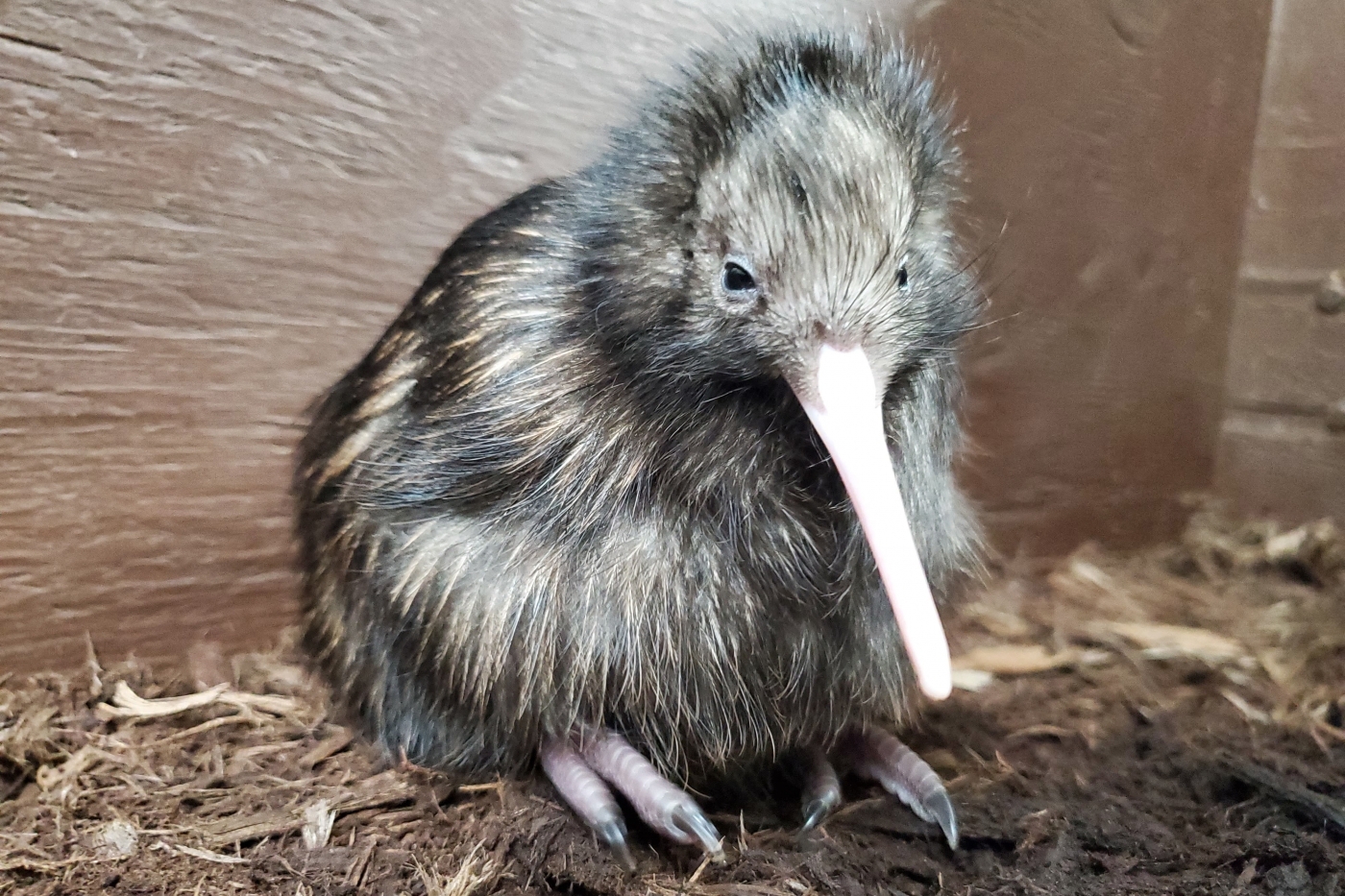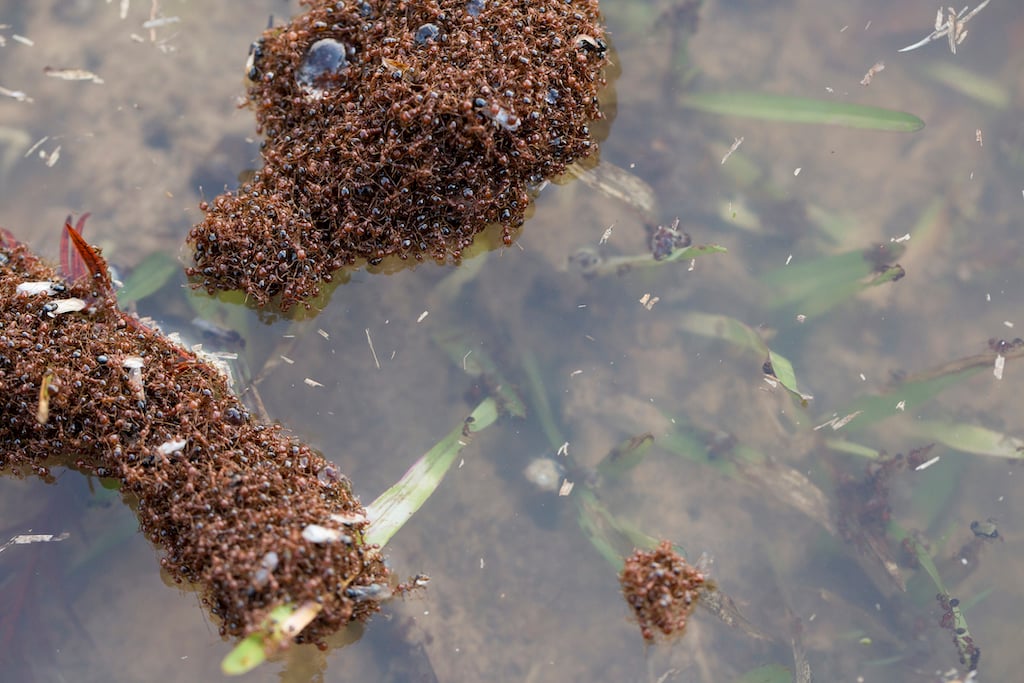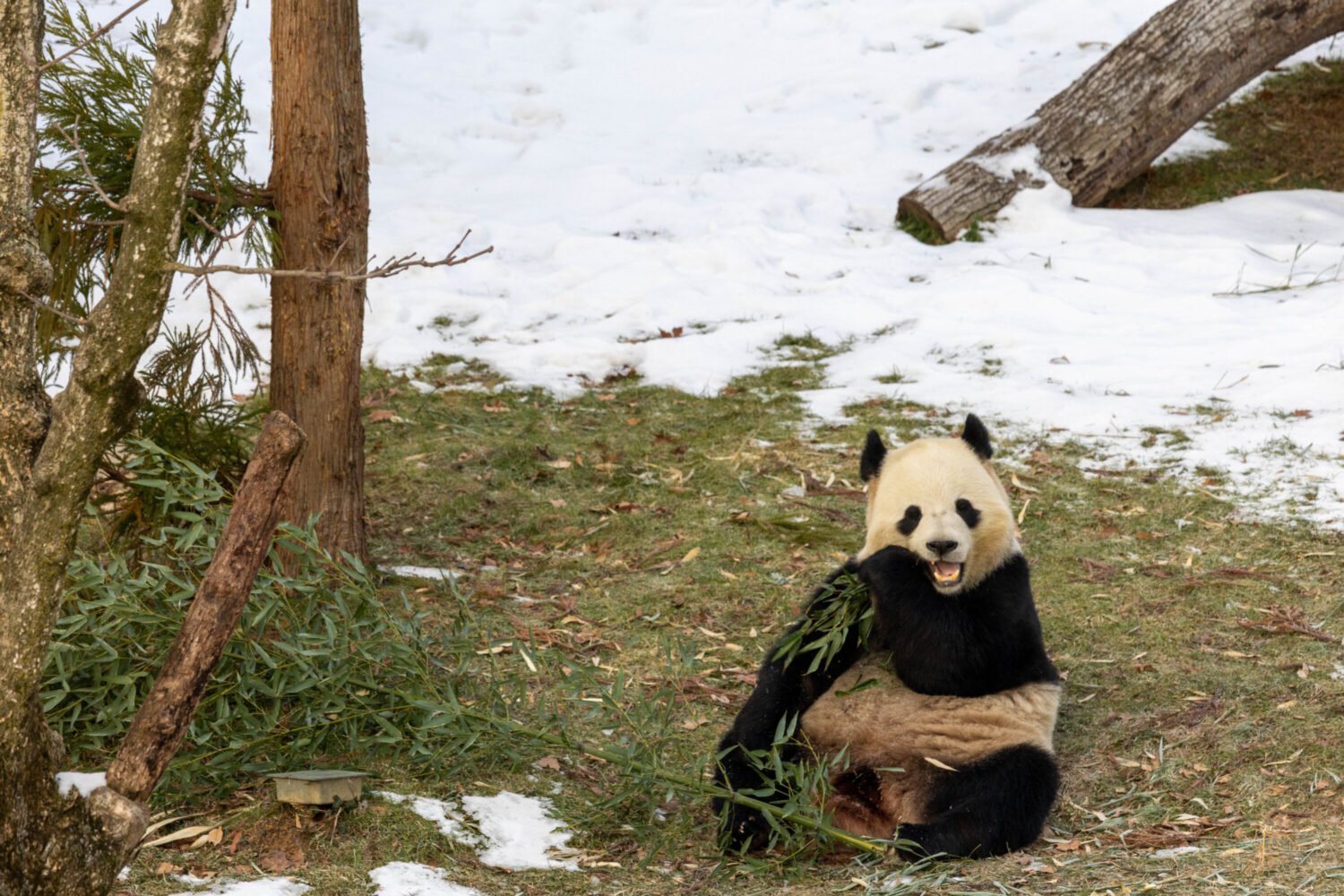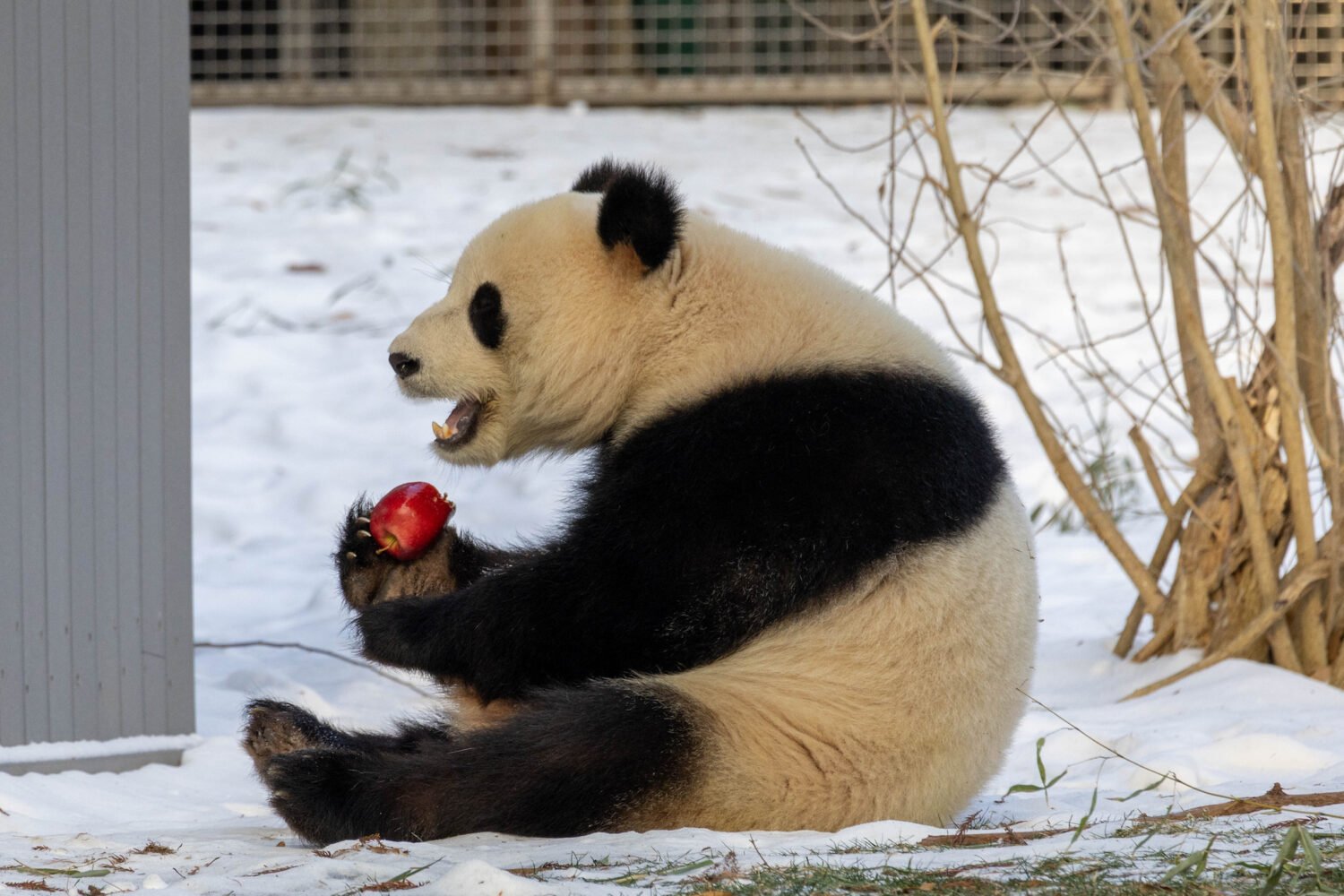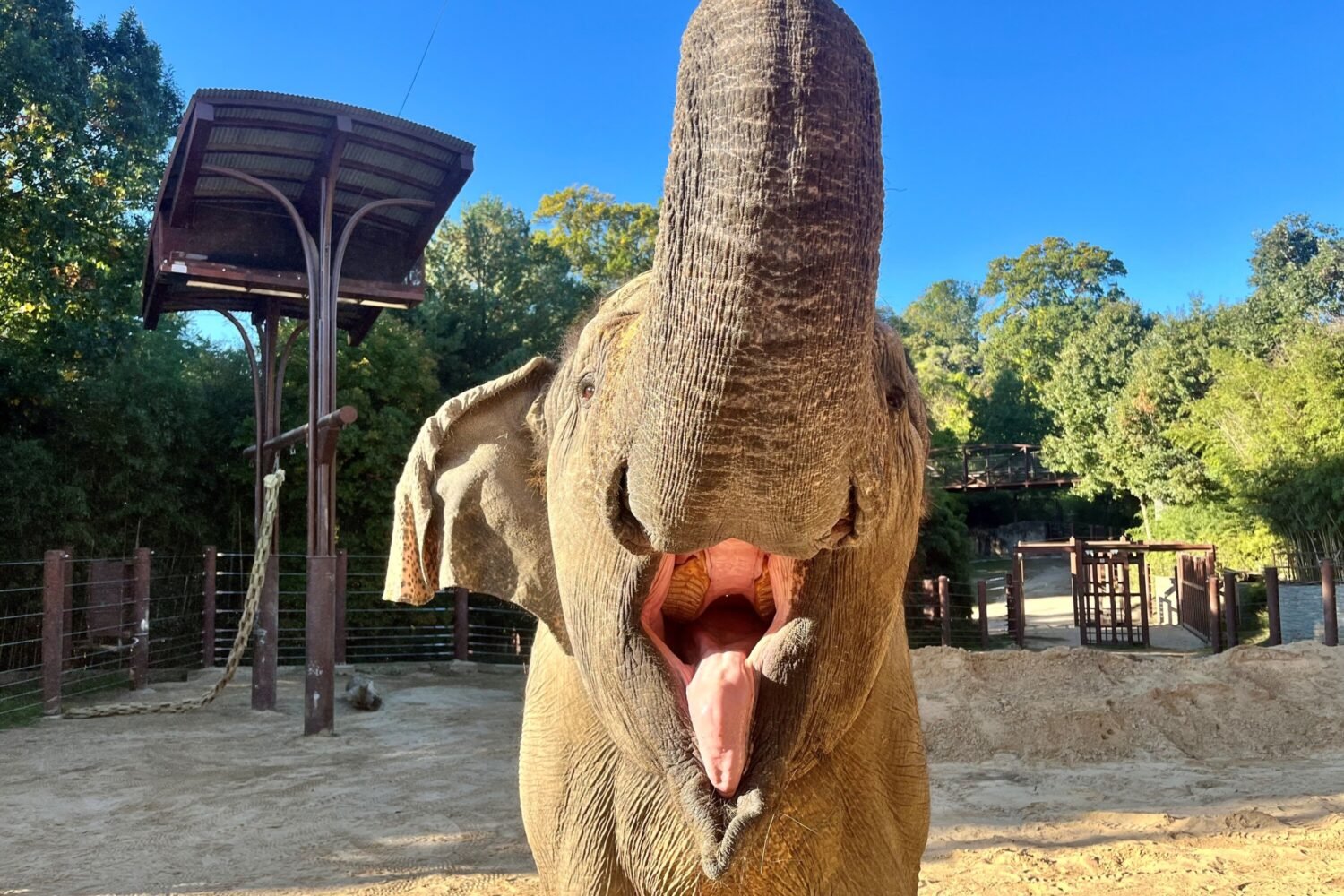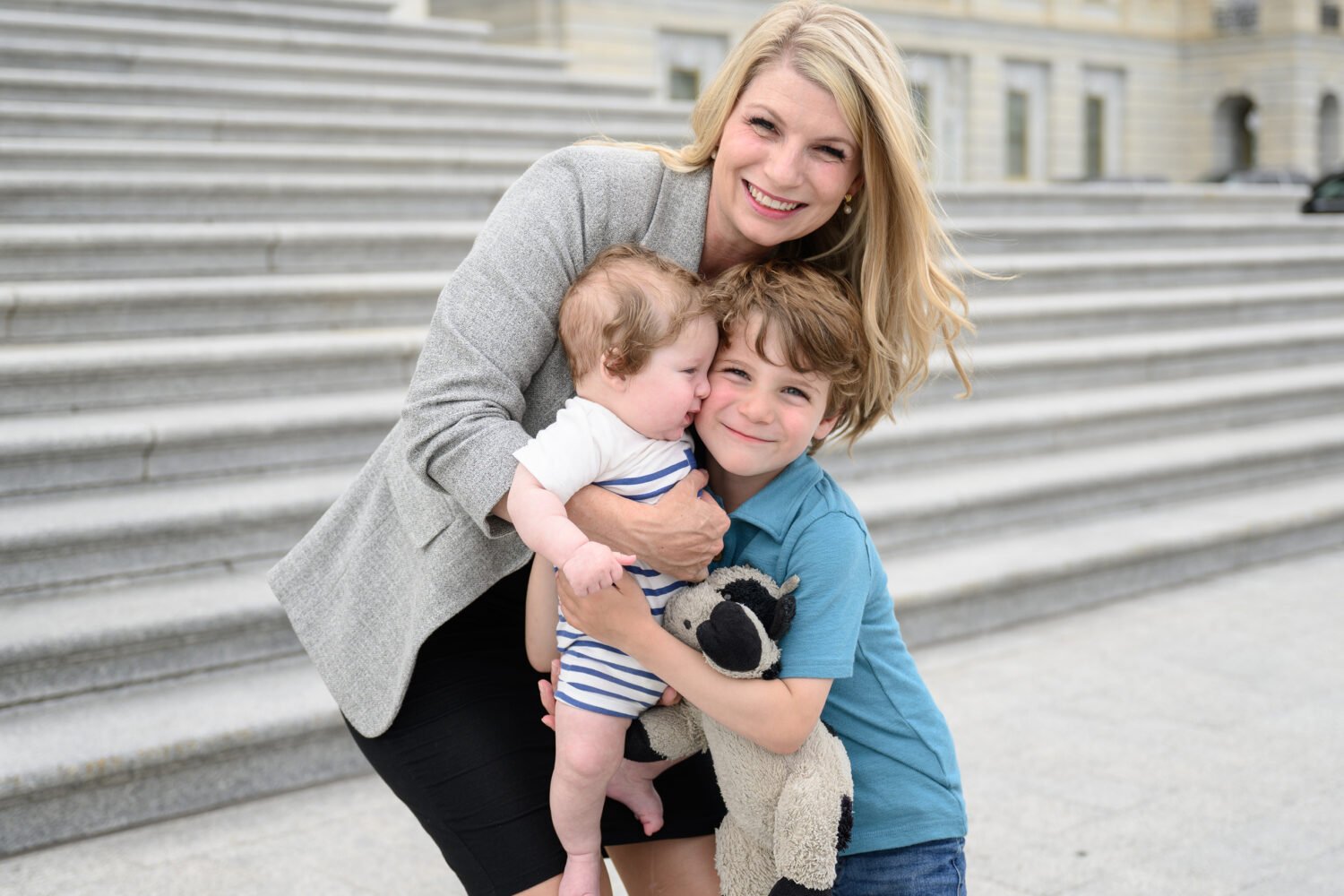The baby panda born at Smithsonian’s National Zoo this past August got a lot of press as perhaps the only good thing to happen in 2020, but it’s not the only quarantine baby at the zoo’s DC facility or the Smithsonian Conservation Biology Institute in Front Royal, Virginia. Herewith, a selection of baby animals that have come online over the past six months.
Guam Kingfisher
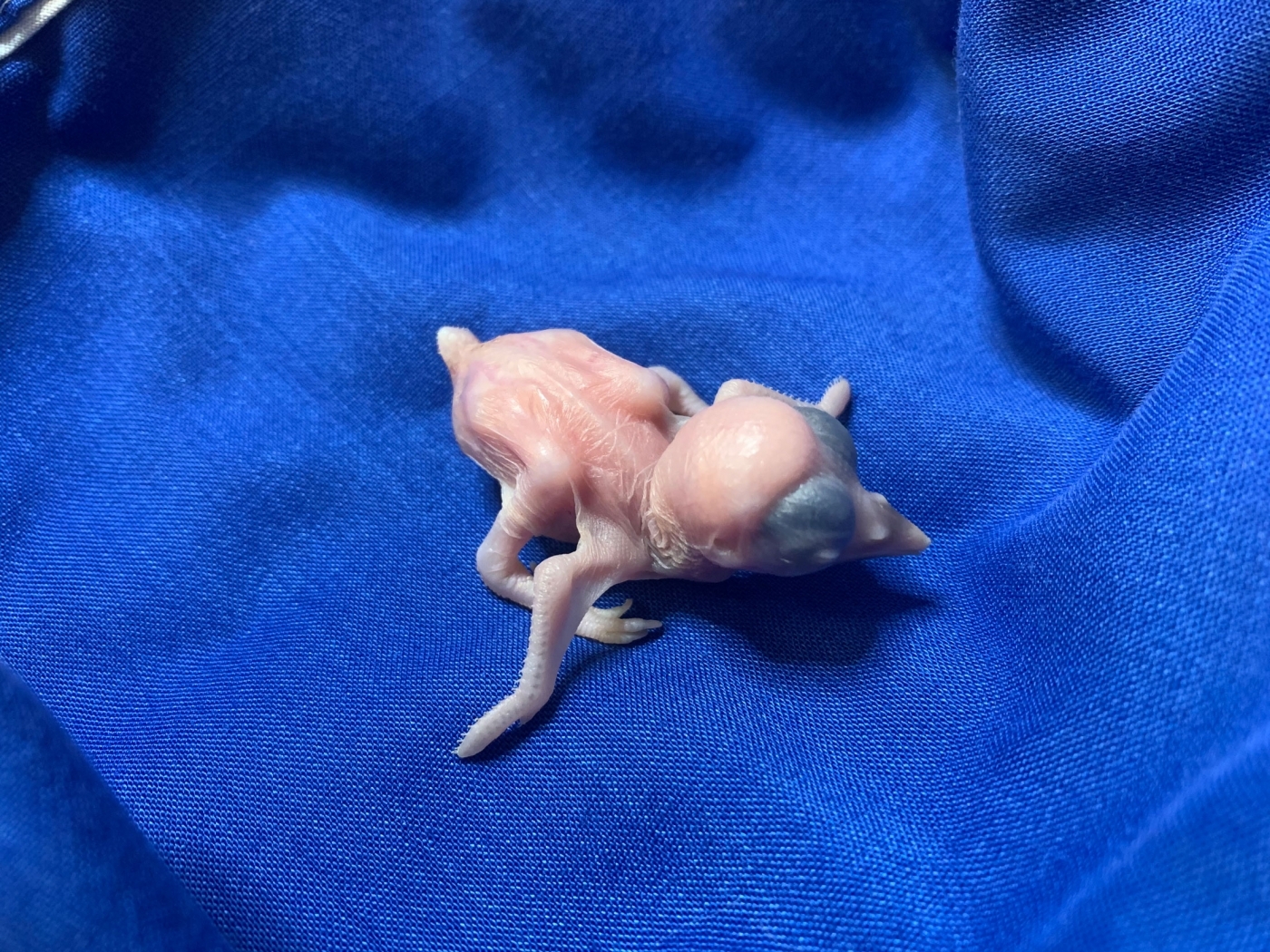
Born: Four chicks since January.
Significance: There are only 140 Guam kingfishers left in the world, so any birth is a big deal. But because Guam kingfishers find it difficult to care for more than one chick at a time, the zoo used a technique called “chick-swapping”—which involved ice-cream scoops and long-handled spoons to move them—during their first two weeks of life.
What else? The male chick had an eventful fledging–his father, Animu, became aggressive once the chick left the nest, and keepers discovered it had a broken beak. Vets glued the beak and teams spent more than a week teaching it to eat on its own.
Spider Tortoise
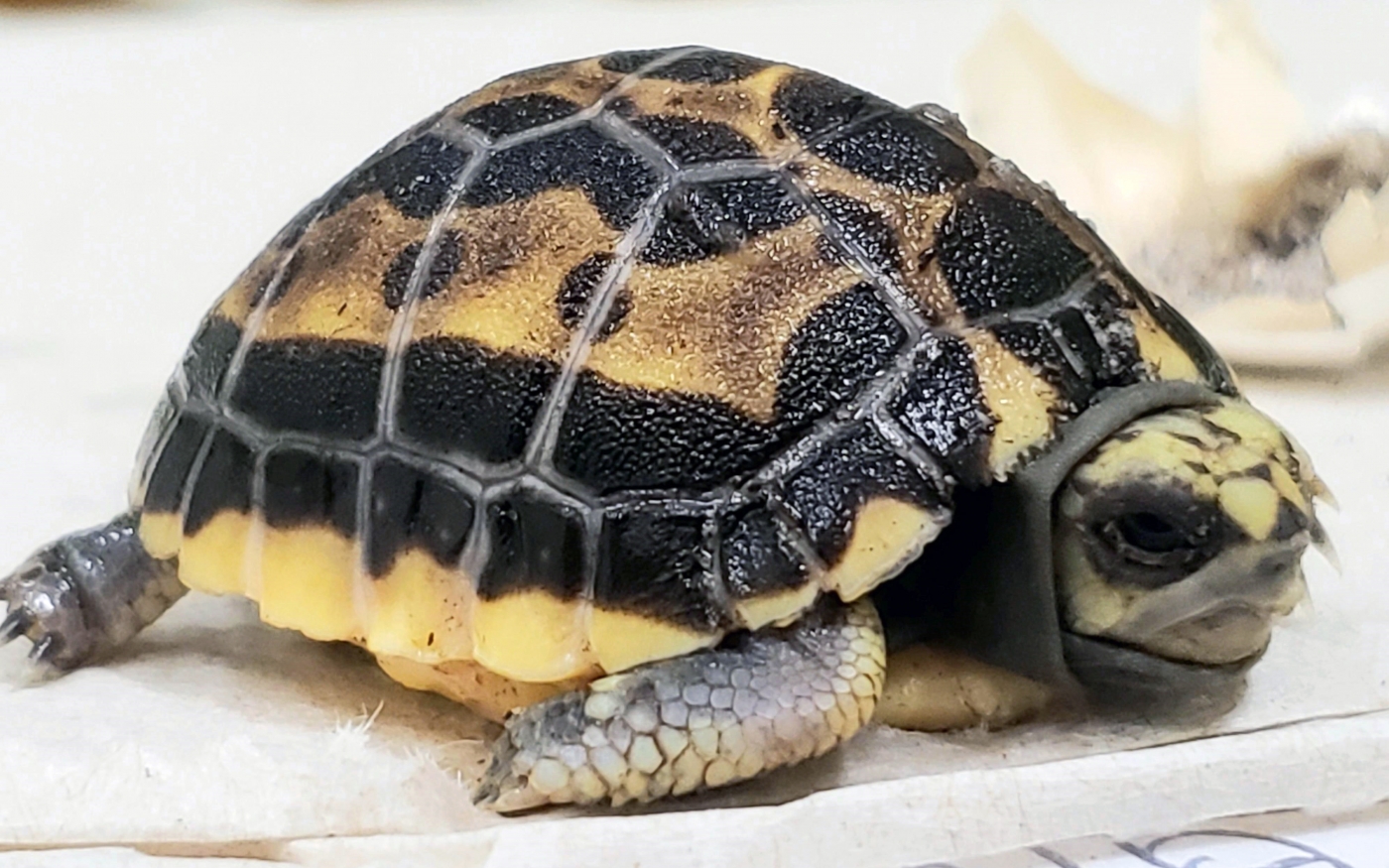
Born: A hatchling the size of a quarter surprised keepers when it arrived on the scene July 5.
Significance: It’s been five years since the zoo last successfully hatched a spider tortoise, and the hatchling’s mother hid her egg under a potted cactus this past January, perhaps providing perfect, cooler conditions for her offspring.
What else? It could be 12 to 15 years before its sex is apparent.
White-naped crane chick
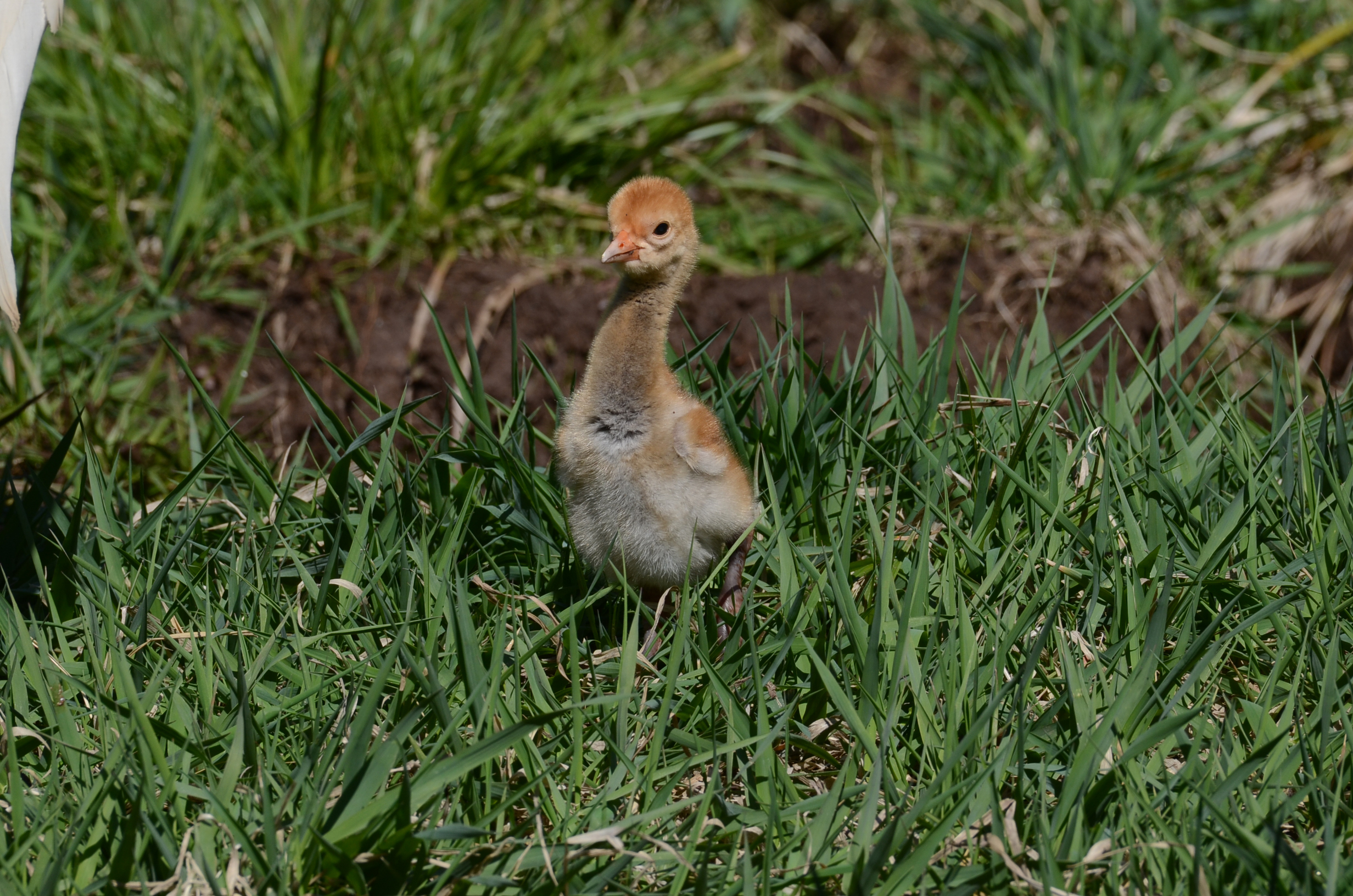
Born: The female crane was born April 2.
Significance: The species is considered vulnerable and only around 5,000 live in the wild. Also, parents Brenda and Eddie appear to be named for a Billy Joel song.
What else? White naped cranes, like all cranes, dance, and not only as part of courtship.
Wallaby
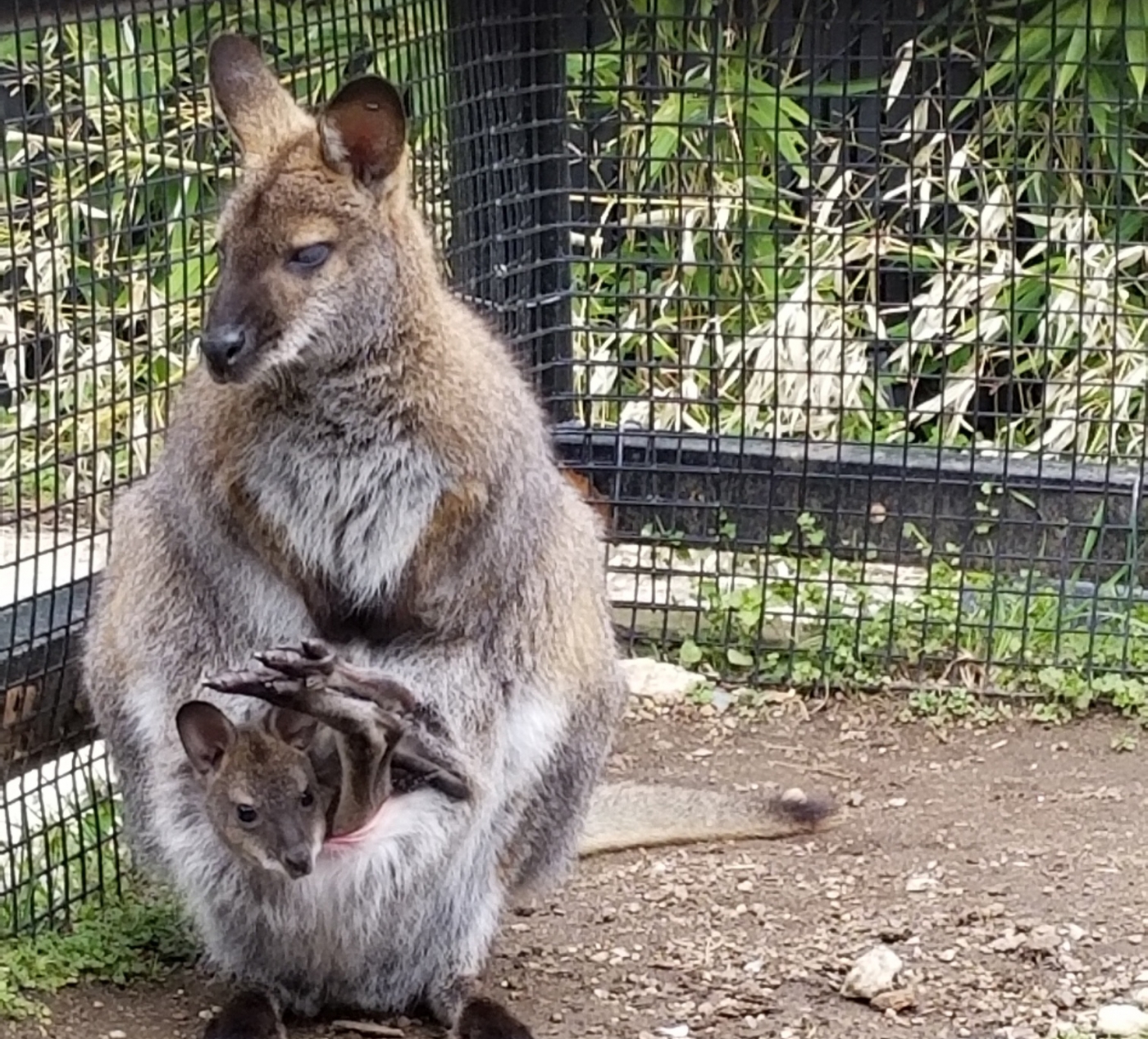
Born: A Bennett’s wallaby joey was born around last August, popped its head out of the pouch of its mom, Victoria, in January, and began hopping around the yard in mid-March.
Significance: Wallabies are very cute.
What else? Wallabies’ ears can move independently, which can help them avoid dingos.
Black-footed ferrets
Born: Six ferret babies were born on Mother’s Day to a two-year-old female named Potpie.
Significance: Black-footed ferrets are the only species of ferret native to North America, and they were considered extinct until 1981, when biologists from the US Fish and Wildlife Service discovered a small population. More than 960 have been born at the Smithsonian’s Conservation Biology Institute in Virginia, and hundreds have been released.
What else? A black-footed ferret can eat as many as 100 prairie dogs each year.
Brown kiwi
Born: April 28
Significance: The chick’s parents, Ngati Hine Rua and Ngati Hine Tahi, died in March. Male kiwi usually incubate chicks, but keepers were able to artificially incubate this one.
What else? Kiwi chicks have to kick their way out of the shell.
Cheetah cubs
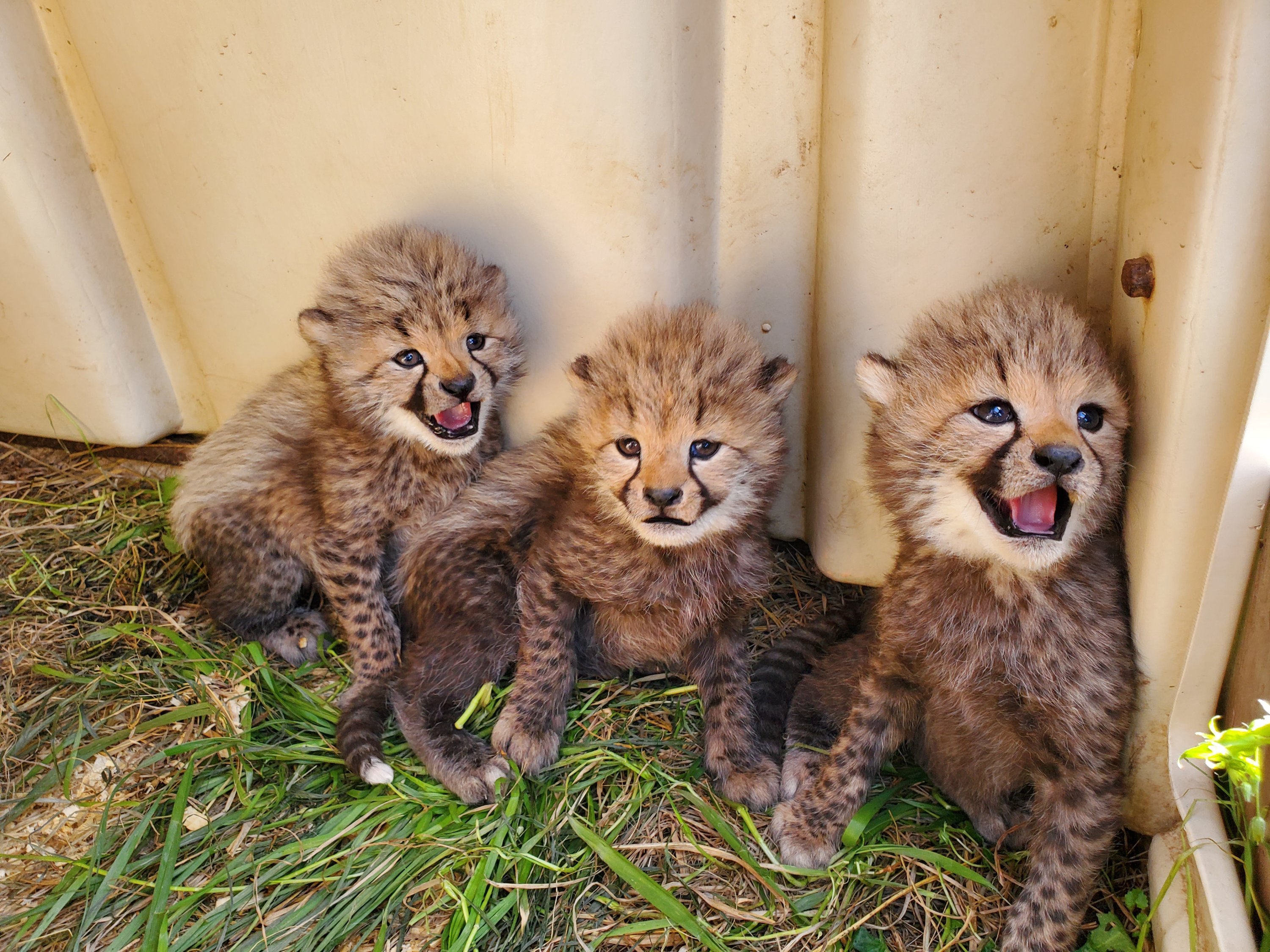
Born: Four raced into existence in April. A contest to name them yielded four names from eight that the zoo put up for a vote: Amabala, Jabari, Hasani, and Erindi.
Significance: Cheetahs are considered vulnerable. The Smithsonian’s Front Royal facility has produced 14 litters since 2007.
What else? Cheetahs kill prey by suffocating it—they need large nasal passages to run so fast, so they have short teeth.

